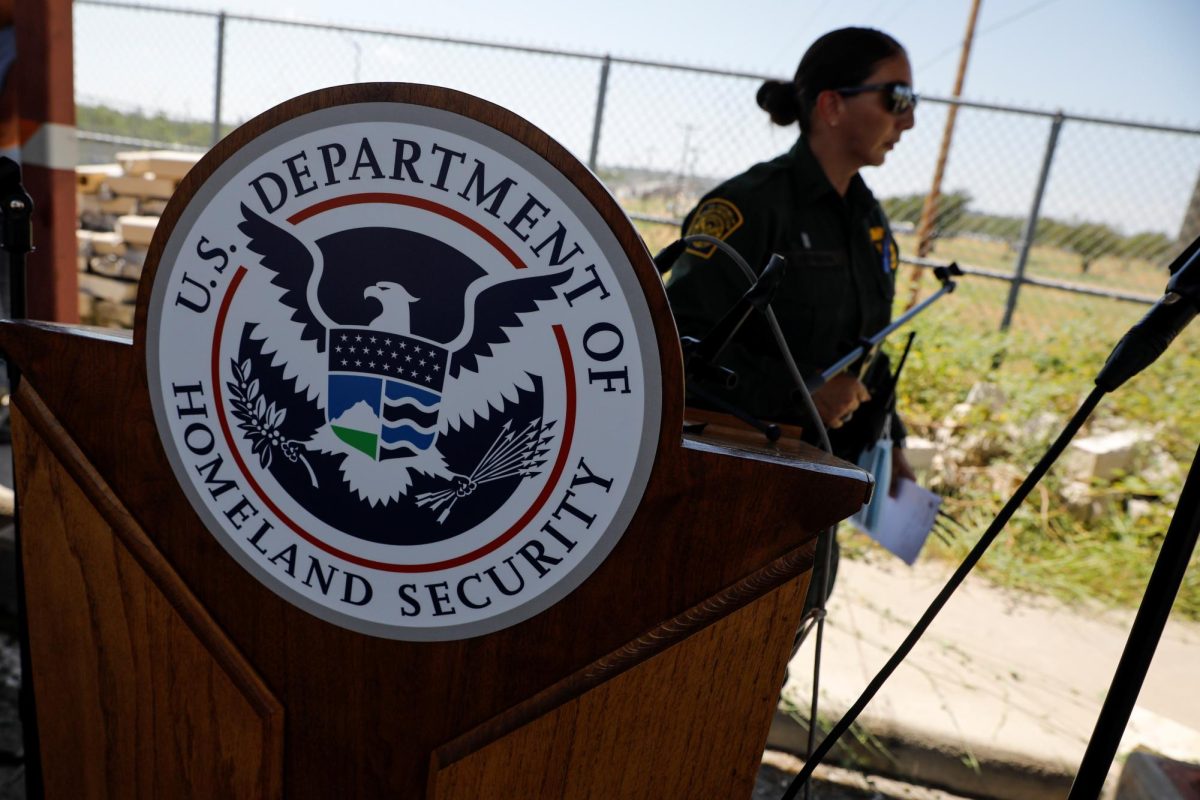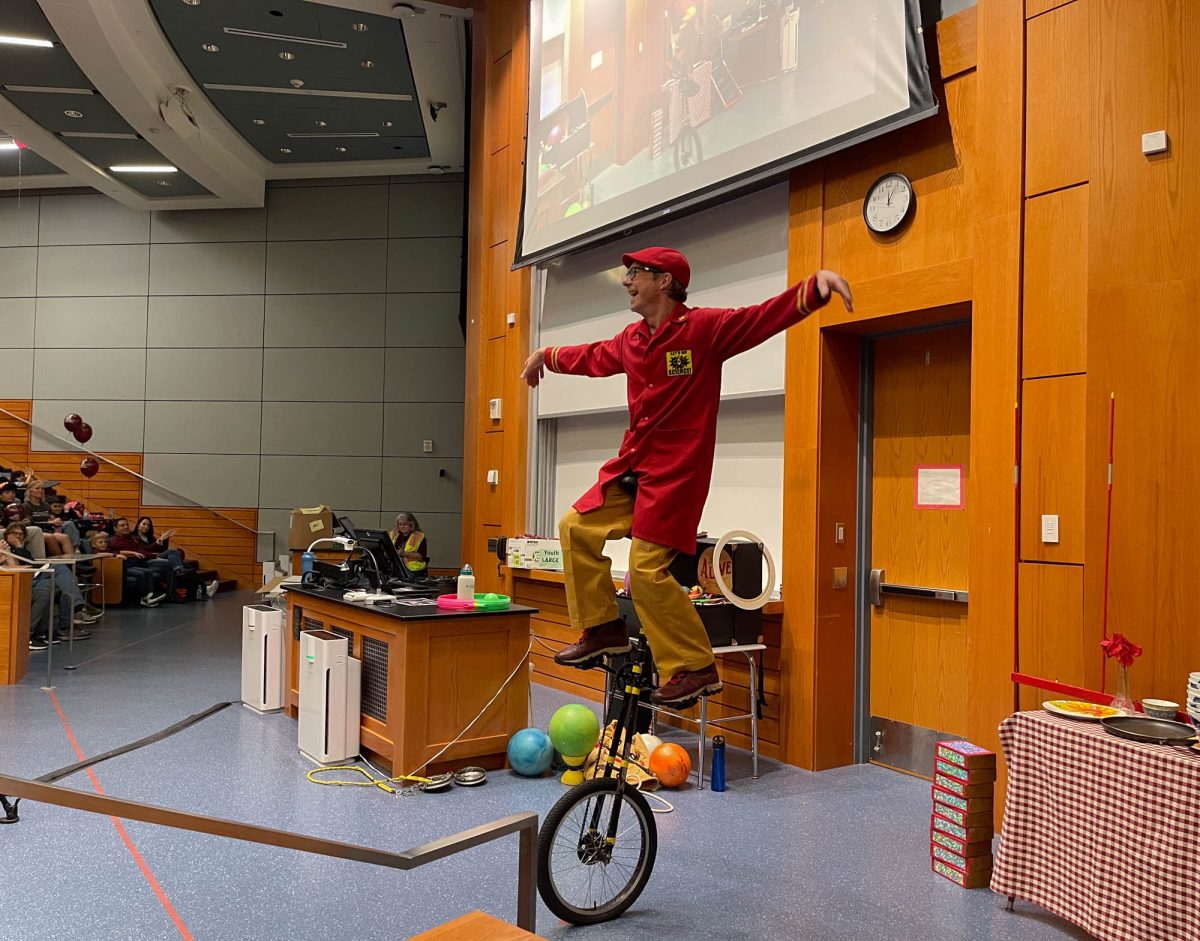Only minutes after putting away the equipment from an annual multiple-day training session, Texas Task Force One was called early Monday morning to aid disaster relief efforts in the wake of deadly Arkansas tornadoes.
The tornado that ripped through Arkansas and Oklahoma Sunday killed at least 15 people, with the death toll expected to rise, according to the office of Arkansas Gov. Mike Beebe. The National Weather Service is still analyzing data to determine the tornado’s ranking, but stated that it is likely an F3 or greater.
TX-TF1 responds at the request of state and federal officials to urban disaster sites like the one caused by Sunday’s tornadoes. Stephen Bjune, Class of 2009 and Emergency Support Function 9 project coordinator, said the group of 70 TX-TF1 responders sent to Arkansas was trained at Disaster City through the Texas A&M Engineering Extension Services.
Bjune said the group, divided by skill training, is sent to areas of disaster to aid government officials, including governors, county judges and police chiefs.
“When we show up, we belong to that jurisdiction,” Bjune said. “We aren’t taking over. We aren’t saying, ‘Hey you’ve done a great job, we’re taking over now.’ We’re there and we belong to that jurisdiction and we help them. So the task force leader’s job is to help that very likely over-worked fire chief and that confused county judge who’s never had to do this before.”
Bjune said TX-TF1 is pre-staging in Arkansas in the event that Arkansas rescue groups need help. At time of press, Bjune said he had no word on the stage of the search for survivors.
Of the sub-groups within the 70 responders, Bjune said the search team and the rescue team are the biggest. Bjune said the members of the search team work with canines, which run across rubble piles in search of humans and help save time.
“The dog has the ability to run over the top of a pile relatively quickly and with a high level of confidence, say there’s somebody here or somebody’s not, and then they can move on to the next structure or the next pile,” Bjune said.
Once the dog finds a person buried in some sort of rubble, the rescue team kicks into gear, using advanced tools like diamond-bladed chainsaws and gasoline-powered cutting torches to lift rubble or cut through it. Bjune said heavy equipment operators are called in to take off rubble in layers if responders can get to the victims with the tools on hand.
“The rescue team are some of the best trained firefighters around,” Bjune said. “They’ve got everything that the regular firefighters have, then they have some more specialized training regarding big collapsed structures, so rather than just a house collapsing they take the courses that teach them how to deal with a larger structure, a cement structure with a 6,000-pound boulder as opposed to ‘this wall fell on a lady,’ or ‘this desk fell on a lady.'”
Adding to the mix, Bjune said the communications team adds the vital element of providing a means of conveying messages to external groups and among members.
“A tornado is a perfect example where potentially all of the communication infrastructure is gone, literally just blown away or if it is there, the power is gone,” Bjune said. “So we come in with the ability to set up our own radio system that can broadcast for a fairly large distance.”
TX-TF1 deploys to Arkansas in wake of tornadoes
April 28, 2014
0
Donate to The Battalion
$2165
$5000
Contributed
Our Goal
Your donation will support the student journalists of Texas A&M University - College Station. Your contribution will allow us to purchase equipment and cover our annual website hosting costs, in addition to paying freelance staffers for their work, travel costs for coverage and more!
More to Discover









